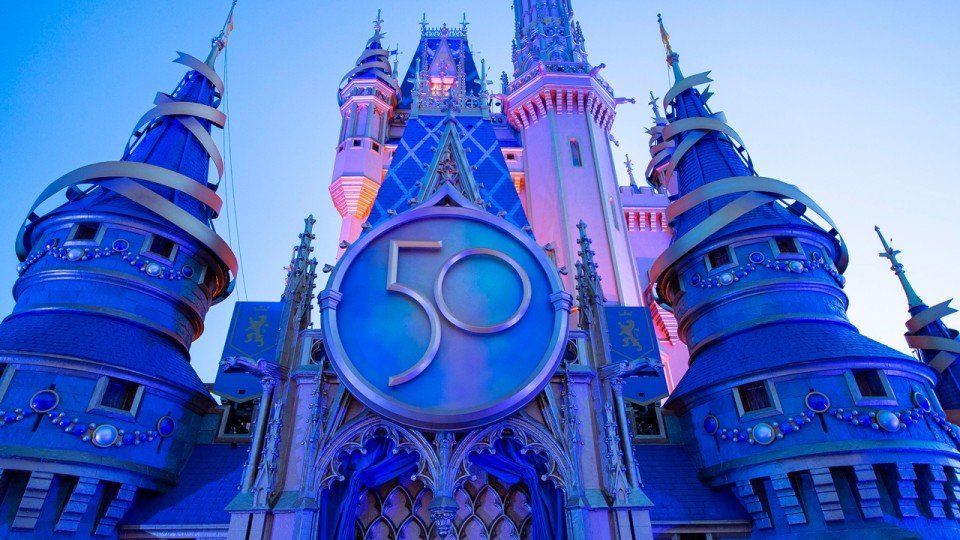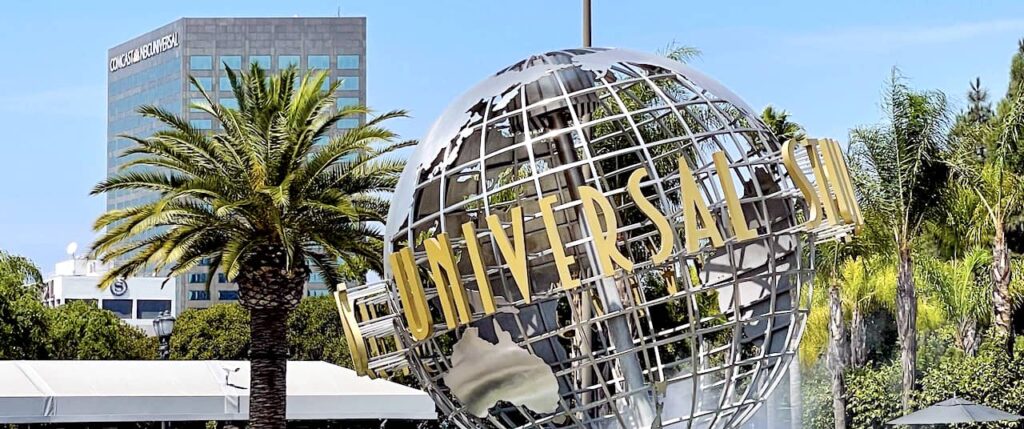May 4, 2025, 3:00 PM ·
So what killed Six Flags America?Six Flags announced last week that it would close its Six Flags America amusement park and associated Hurricane Harbor water park in Maryland at the end of the 2025 season. It’s the first park to close since the former Cedar Fair and Six Flags companies merged under the Six Flags brand. According to the company’s President and CEO, well, Six Flags America was worth more to the company as a real-estate property to sell than a theme park to continue running.”As part of our comprehensive review of our park portfolio, we have determined that Six Flags America and Hurricane Harbor are not a strategic fit with the company’s long-term growth plan,” Richard A. Zimmerman said. “After reviewing a number of options, we believe that marketing the property for redevelopment will generate the highest value and return on investment. We anticipate strong interest in the property and will continue to strategically pursue portfolio optimization opportunities as we work to unlock the full value of our portfolio.”My translation of that last sentence? Six Flags might not be done with closing and selling parks.So our first suspect in the demise of Six Flags America is the U.S. real estate market. At the risk of venturing off topic for this website, real estate in the United States (and in other countries, too) no longer derives its value from its usefulness as a place to build a home or business, but rather from its attractiveness as speculative investment to private equity and other institutions. That puts pressure on land owners to get rid of those pesky businesses and tenants who are getting in the way of cashing in on a sale.But this is not our only suspect. Some of Six Flags America’s fellow parks cannot escape suspicion in this foul deed.Is it a coincidence that fans are mourning the impending loss of Six Flags America as we also prepare to welcome the new Epic Universe in Orlando? The theme park industry does not need to be a zero-sum game, but that does not mean that parks do not affect each other. Universal and Disney have been raising the standard for what customers can expect from theme park attractions. That puts pressure on every other park in the industry to find something fresh to keep fans coming back to them. That something does not need to be nine-figure technological marvels. No Six Flags or United or Merlin or Herschend park cannot afford those. But every company in this industry can invest in thoughtful decoration and theming, preemptive maintenance of attractions to maximize uptime and capacity, and friendly customer service to make fans feel welcome whenever they visit. Those initiatives do not cost hundreds of millions of dollars, but they do cost a not-insignificant amount of cash. In recent years, it’s become harder for many parks to justify these kinds of investments due to our next suspect.Six Flags reported that its guests spent an average of $61.31 per day in the parks last year, including admission, parking, food, merchandise and fees. Like many parks, Six Flags is pushing to sell its guests on annual passes and memberships. That locks in a steady stream of income for the company, but at the cost of encouraging guests to see its parks as a subscription service – a utility to exploit for maximum value rather than a delight to splurge on for special occasions. That means less money over time for the improvements that any park needs to keep up with the rising expectations set by Disney and Universal.So in this twisted game of theme park “Clue,” perhaps we have our answer. Passive management did it in the real estate market with a cheap annual pass.* * *
To keep up with more theme park news and analysis, please sign up for Theme Park Insider’s weekly newsletter.
Replies (1)



